Introduction
Tourmaline is one of the most colorful and diverse gemstones in the world, loved by both collectors and jewelry makers. From deep greens and vibrant pinks to rare Paraíba blues, tourmaline specimens attract attention for their beauty, rarity, and scientific importance. In this guide, we’ll explore everything you need to know about tourmaline specimens — how they form, what makes them valuable, and how collectors in the USA are preserving these treasures today.
What Are Tourmaline Specimens?
Tourmaline specimens are naturally occurring crystals or clusters of tourmaline in their raw, uncut form. Unlike polished gemstones, specimens are prized for their natural growth patterns, crystal structures, and color zoning. Collectors often display them in cases or museums, while jewelers may buy them for cutting into fine gemstones.
Why Collect Tourmaline?
- Incredible range of colors (over 30 shades).
- Geological significance (formed under unique conditions).
- Increasing demand in the USA gemstone market.
- Excellent for both collectors and crystal healers.
Types of Tourmaline Specimens
Tourmaline is famous for its variety. Some of the most sought-after specimens include:
- Elbaite Tourmaline – Known for bright greens, pinks, and bicolors.
- Paraíba Tourmaline – Rare neon blue and green hues, highly valuable.
- Rubellite Tourmaline – Deep red or pink stones.
- Schorl – Black tourmaline, popular among healers and collectors.
- Watermelon Tourmaline – Green outer layer with a pink core, very collectible.
Factors That Determine Value
When buying tourmaline specimens, consider:
- Color Intensity – Bright, saturated hues are worth more.
- Transparency – Clearer specimens fetch higher prices.
- Crystal Formation – Well-terminated crystals are more collectible.
- Size & Weight – Larger crystals are rare and more expensive.
- Origin – Specimens from Brazil, Afghanistan, and Africa are in demand.
Buying Tourmaline Specimens in the USA
Collectors and buyers in the USA are increasingly shopping online for high-quality specimens. If you’re buying, make sure to:
- Purchase from trusted sellers who provide authenticity certificates.
- Check photos carefully — multiple angles, natural light, and close-ups.
- Compare prices — avoid deals that look “too good to be true.”
- Read shipping policies to ensure safe international delivery.
How Collectors Display Tourmaline Specimens
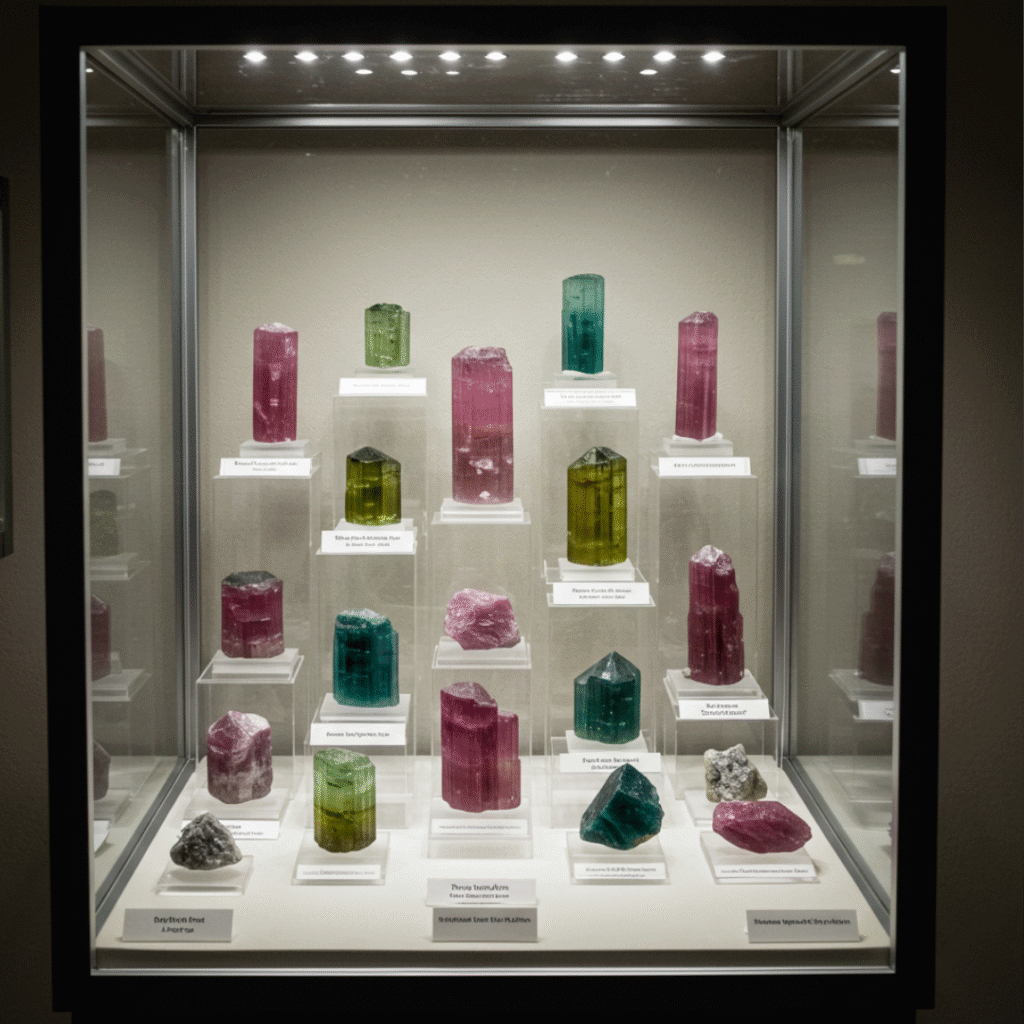
Collectors often showcase tourmaline using:
- Glass display boxes with LED lighting.
- Custom stands for larger crystals.
- UV-safe covers to prevent fading.
- Climate-controlled cases for museum-quality preservation.
Caring for Your Tourmaline
- Avoid long sun exposure (colors may fade).
- Clean gently with warm water and a soft cloth (no chemicals).
- Store separately from harder gemstones to prevent scratches.
FAQs About Tourmaline Specimens
Q1: Are raw tourmaline specimens expensive?
A: Prices vary widely — small schorl specimens can cost under $20, while large Paraíba crystals can sell for thousands.
Q2: How do I know if my tourmaline is genuine?
A: Buy from certified sellers and request gemological reports. Fake or lab-grown versions are common.
Q3: Can tourmaline specimens be used in jewelry?
A: Yes, but most collectors prefer to keep specimens in raw form for display.
Q4: Which color of tourmaline is the rarest?
A: Neon blue Paraíba tourmaline is considered the rarest and most valuable.
Conclusion
Tourmaline specimens are more than just beautiful crystals — they are geological wonders with deep cultural, scientific, and commercial value. Whether you’re a first-time buyer or an experienced collector, knowing how to evaluate and care for your specimens will help you build a lasting collection.
👉 If you’re ready to explore high-quality natural tourmaline specimens, check out our exclusive collection at Luminex Specimen — carefully sourced, authentic, and shipped with care to collectors in the USA.
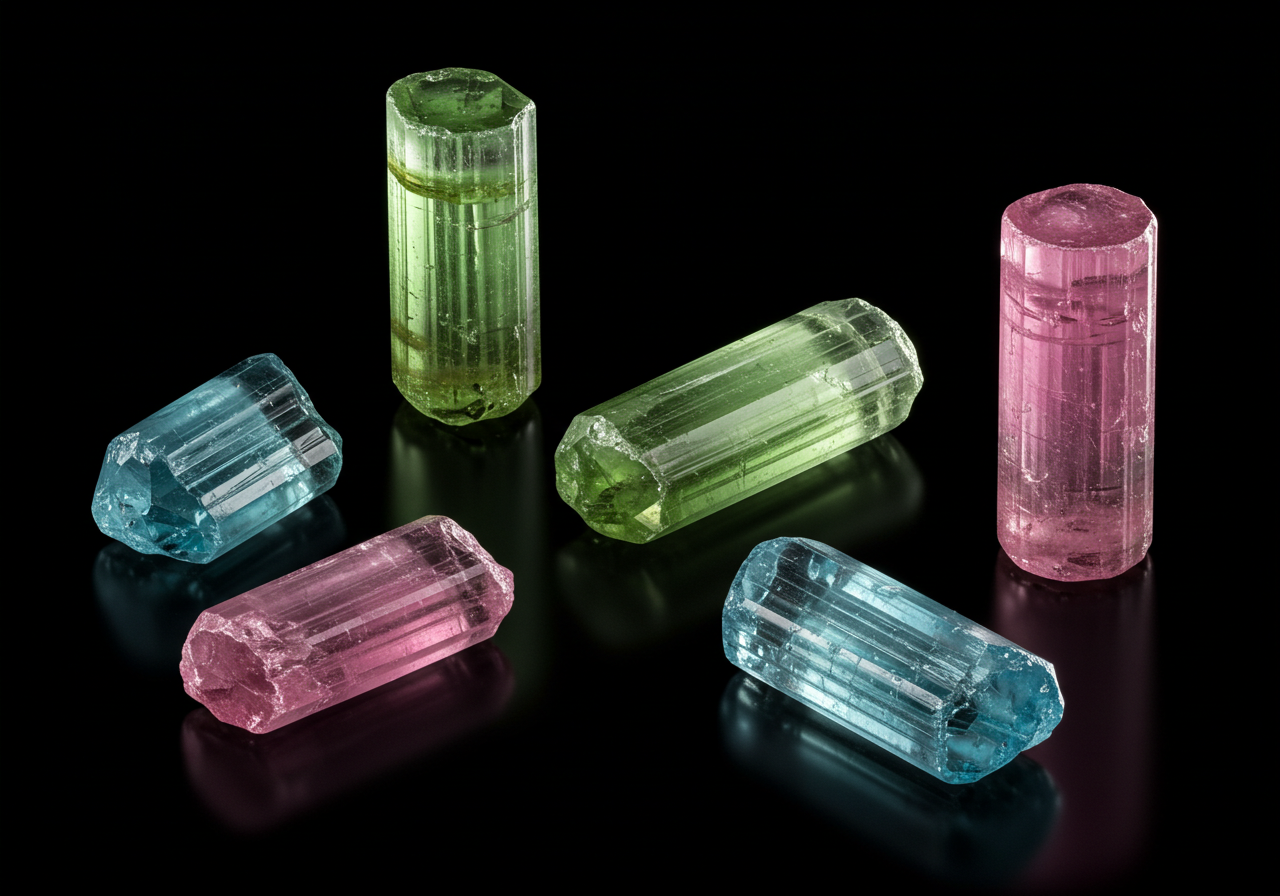
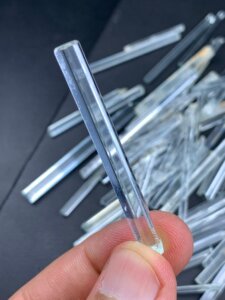
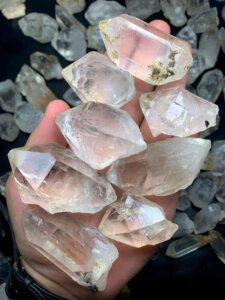
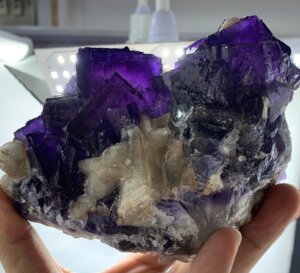
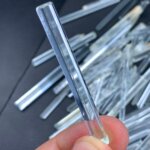
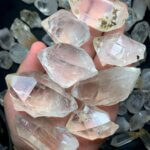
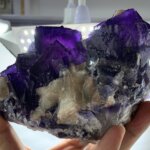
[…] crystal habits (especially […]